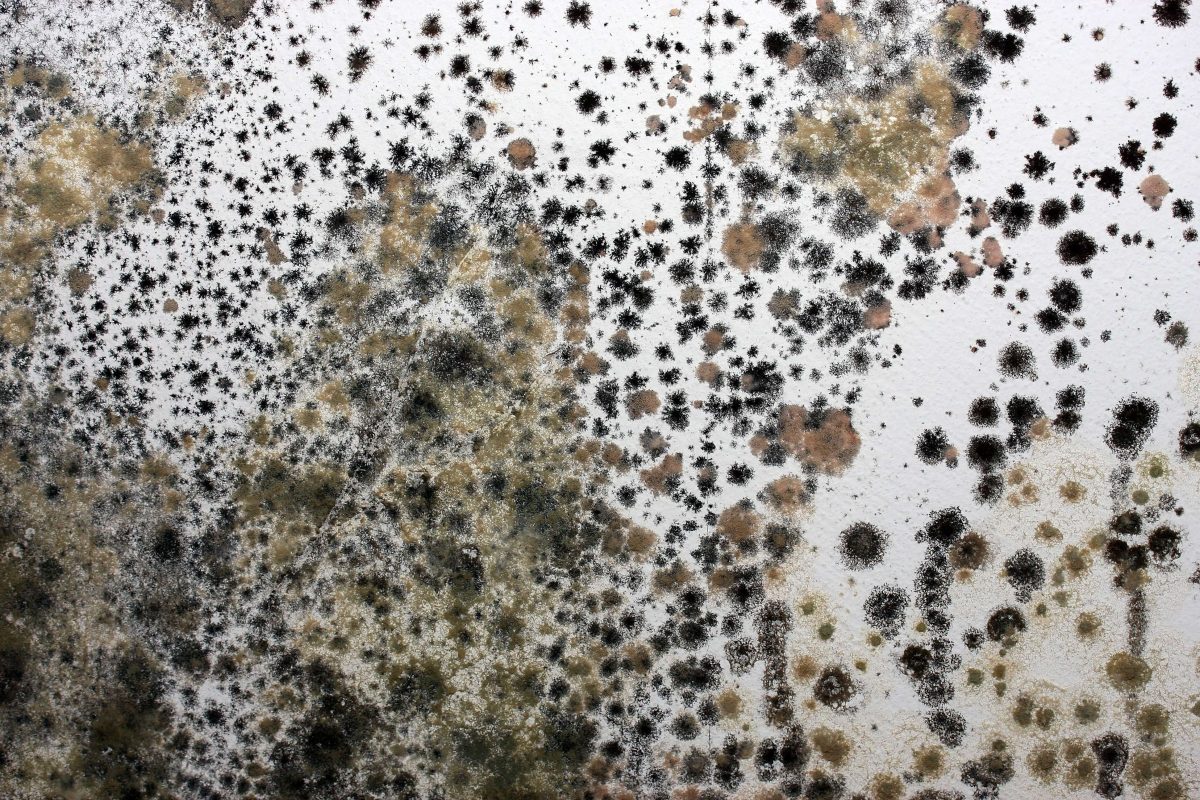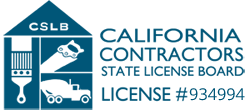
Mold can be a hidden danger in our homes, often going unnoticed until it becomes a severe problem. Identifying mold early can prevent extensive damage to our property and safeguard our health. Mold thrives in damp, warm environments, making areas like bathrooms, kitchens, and basements prime spots for growth. Knowing what to look for and where to check is essential in keeping our homes mold-free.
Mold isn’t just unsightly; it can also cause various health issues, especially if exposed for a long time. From respiratory problems to skin irritation, mold can affect our well-being in many ways. Recognizing the signs of mold and the health symptoms it causes can help us take action quickly to remove it from our homes.
Finally, checking high-risk areas and testing for mold presence are critical steps in confirming whether we have a mold problem. By understanding the common signs, health symptoms, and proper testing methods, we can effectively identify and deal with mold, ensuring our homes stay safe and healthy.
Common Signs of Mold in Your Home
Identifying mold early can prevent serious problems. Some common signs of mold in your home include:
- Musty Odor: One of the most accessible signs to identify is a musty smell. Mold often has a damp, earthy scent that becomes more noticeable in closed-off areas like basements and attics.
- Visible Growth: Mold can appear as black, green, white, or orange spots on walls, ceilings, and other surfaces. Inspect areas such as bathrooms and kitchens, which are often damp or have poor ventilation.
- Water Damage: Look for signs of water damage, like discolored walls or ceilings, peeling paint, and bubbling wallpaper. Mold thrives in areas with moisture problems.
- Condensation: Excessive condensation on windows and walls can create an ideal breeding ground for mold. This is often seen around windows, in bathrooms, and near pipes.
- Allergic Reactions: If anyone in your home is experiencing unexplained allergies, it could be due to mold. Symptoms like sneezing, coughing, and itchy eyes may signal mold presence.
Health Symptoms Caused by Mold Exposure
Mold can affect our health, especially if we’re exposed to it over a long period. Understanding these symptoms can help us take action more quickly.
- Respiratory Issues: Breathing mold spores can cause respiratory problems. Symptoms include coughing, sneezing, and a runny nose. People with asthma might experience worsening symptoms or more frequent attacks.
- Allergic Reactions: Mold can cause allergic reactions similar to those caused by pollen. Signs include itchy eyes, skin rashes, and a sore throat. These symptoms might be worse for people with mold allergies.
- Fatigue and Headaches: Long-term mold exposure can lead to chronic fatigue and frequent headaches. If we feel unusually tired or experiencing unexplained headaches, mold could be a potential cause.
- Neurological Symptoms: In more severe cases, exposure to toxic mold can cause neurological symptoms, such as difficulty concentrating, dizziness, and memory loss. Though rare, these symptoms should not be ignored.
Recognizing these health symptoms can address mold issues and improve indoor air quality in our homes.
Checking High-Risk Areas for Mold
Due to higher moisture levels, some areas in our homes are more prone to mold growth. Regularly inspecting these high-risk areas can help us catch mold early.
- Bathrooms: Bathrooms are a familiar spot for mold due to the constant moisture from showers and baths. Check around the shower, under the sink, and in the grout between tiles.
- Kitchens: Kitchens are another high-moisture area. Look under sinks, around dishwashers, and behind refrigerators. Also, check for any leaks that can create a damp environment.
- Basements and Attics: Basements and attics are often less ventilated and can be damp. Inspect corners, near sump pumps, and the foundation for mold growth. Look for any water damage or leaks in these areas.
- Windows and Doors: Mold can grow around windows and doors where condensation builds up. Check window sills and frames, especially in colder weather when condensation is more likely.
Regularly checking these areas can prevent mold from spreading and causing more severe damage to our homes.
Testing and Confirming Mold Presence
Testing can confirm mold’s presence if we suspect it but can’t see it. There are a few methods to test for mold in our homes.
- DIY Mold Test Kits: We can use purchased mold test kits to collect samples from different areas of our homes. These kits typically involve swabbing a surface or using a petri dish to collect spores from the air. While convenient, they may not be as accurate as professional testing.
- Professional Mold Inspection: Hiring a professional can provide a thorough inspection and accurate results. Professionals use specialized equipment to detect mold, even hidden behind walls or under floors. They can also identify the type of mold, which is crucial for proper treatment.
- Air Quality Testing: This method involves testing the air for mold spores. High airborne spores can indicate a mold problem, even if it’s not visible. Professionals usually perform this type of testing to ensure accurate results.
By testing for mold, we can confirm its presence and take the necessary steps to remove it and prevent future growth.
Conclusion
Mold in our homes can cause numerous problems, from structural damage to health issues. Identifying mold early by checking for common signs and recognizing health symptoms is crucial. By inspecting high-risk areas regularly and using tests to confirm mold presence, we can take action to protect our living spaces.
Addressing mold issues promptly not only safeguards our health but also maintains the integrity of our homes. Whether through DIY methods or professional help, staying vigilant against mold growth makes our homes safer and healthier places to live.
If you suspect mold in your home and need expert assistance, contact us at Restoration Masters. We are committed to helping you identify and remove mold to ensure a safe and healthy environment for you and your family. Call us today to schedule our damage restoration services.





